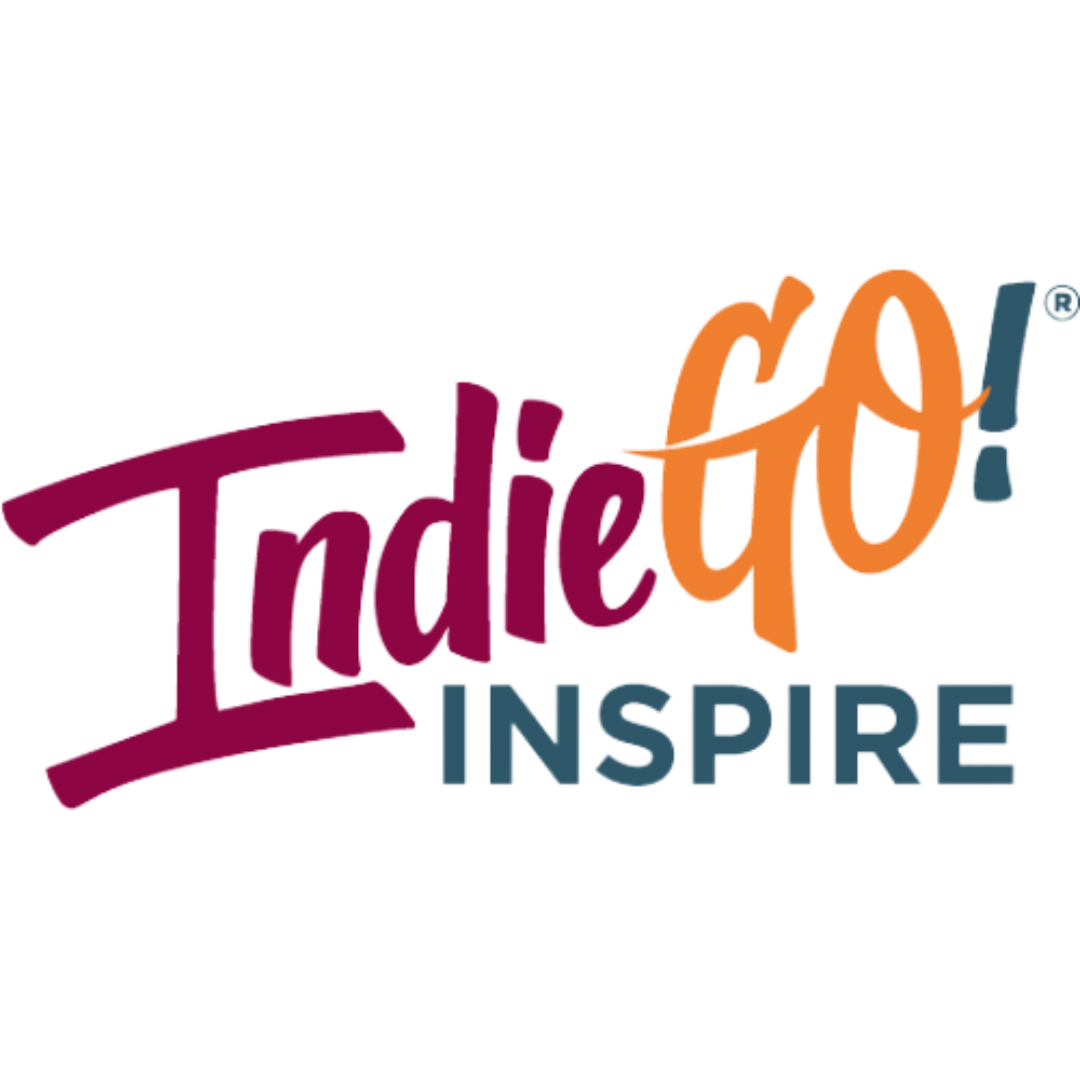Visual albums have existed since at least 1964 with the release of The Beatles’ A Hard Day’s Night, but it's safe to say that they have been on the rise recently. The VMA’s now even have the category “Breakthrough Long Form Video”, honoring the medium as an art form in its own right.
Visual albums are short films that use visuals and connecting themes to tell a story which is soundtracked by the lyrics and music of the musician’s own album, enabling them to provide deeper context to their creative approach.
Though visual albums have been around since The Beatles, there's one person to thank for their recent resurgence: Beyoncé. It was the 2016 release of Beyoncé's visual album Lemonade, released to accompany the music, that brought visual albums back into the pop mainstream. She is just one of many musicians who has redefined cinema with her creative output.
Some of Our Favorite Visual Albums
Beyonce - LemonadeWe can’t talk about visual albums without talking about Beyoncé’s Lemonade. Taking the world by storm in 2016, the 65-minute film is divided into 11 chapters, covering themes such as racism, feminism, infidelity and African-American history. These are entitled ‘Intuition’, ‘Denial’, ‘Apathy’ and so on, and each center around a different song from the album Lemonade. Each chapter is heighten by an experimental series of vignettes and recurring motifs, adding up to a highly personal deconstruction of a troubled marriage in the context of black womanhood
Prince - Purple Rain
Whilst it is perhaps technically more of a soundtrack, the film is a visual and aural experience that set the bar for future visual albums. It mixes 80s visuals, pop aesthetic and the color purple whilst following Prince’s The Kid. The character is a tortured musician experiencing the dark side of fame, and is infused with concert shots and electric performances.
Solange - When I Get HomeVisually stunning and eclectic, the film features surreal and futuristic imagery while celebrating Black culture, Afrofuturism, and paying homage to her hometown of Houston. Scenes range from Black cowboys riding through the city to glittery spaceship settings to various dance sequences, all set to songs from her celebrated LP like "Down with the Clique," "Almeda," "Stay Flo," and more. Solange's collaborations, from experimental dancers to experimental filmmakers, reveal the artist's wholly contemporary and game-changing approach to what it means to be a musician in the 21st century.
Janelle Monae - Dirty ComputerDescribed as an “Emotional Picture”, Dirty Computer depicts a surveillance state where queer people and people of color are hunted down for noncompliance. They’re stopped while driving by the police. They’re beaten and arrested at their own parties. The music videos for the songs act as an allusive, visually stunning novel-in-stories, intentionally paralleling our own reality in judgment. The whole of it is a testament to inclusivity both verbally and sonically. And Monáe’s love is liberation, for her and for us.
The visual album is a resurgent genre that seeks to combine music and visuals with a storyline. As a result, artists have a way to give additional context and framing to the music that they produce. This creates a richer storytelling and communication medium than music or videos alone can create, and goes above and beyond what the traditional music video is. Lemonade might not be the best album or the best visualization or even the best story, but it surely sets a new standard in pop storytelling by combining all three.
Written by: Victoria Nelson
